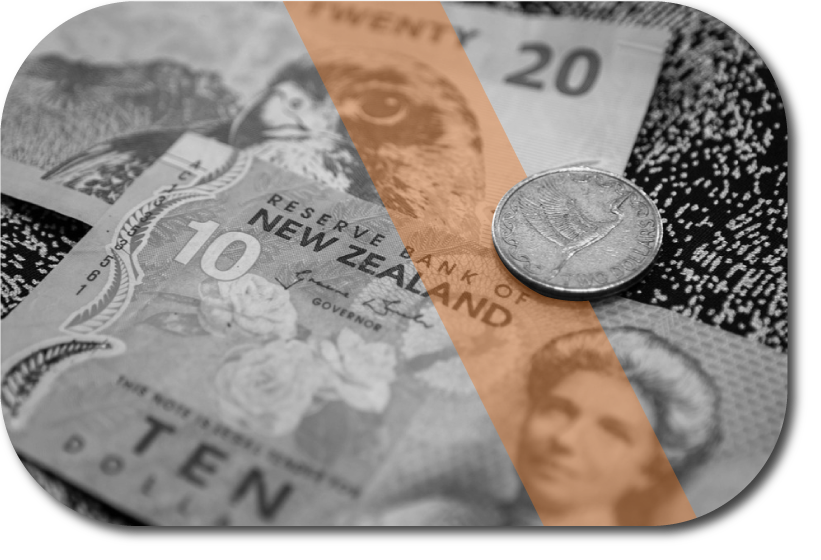Grasping the Dynamics of Forex Card Rates
In today’s globalized world, the foreign exchange (forex) market plays a pivotal role in the financial landscape. Forex cards, a type of prepaid card, have become increasingly popular among travelers and businesses alike, offering convenience, security, and the potential for cost savings. Understanding the forex card rate is crucial for optimizing the value of these cards.
The forex card rate is essentially the exchange rate at which the card issuer converts the currency loaded onto the card into a foreign currency. This rate can vary significantly depending on several factors, including the currency pair, the card issuer, and prevailing market conditions. Therefore, it is important to be aware of the forex card rate before using the card to avoid any unpleasant surprises.

Image: topforexbrokers.net
Forex Card Rates: A Historical Perspective
The concept of forex card rates has evolved over time. In the past, travelers would primarily rely on cash or traveler’s checks when heading overseas. However, these methods could be inconvenient, insecure, and subject to exorbitant exchange rates. The advent of forex cards addressed these pain points by offering a more convenient and secure alternative.
Initially, forex card rates were often higher than the interbank rate, which is the rate at which banks exchange currencies among themselves. However, as competition in the forex card market has intensified, issuers have been forced to offer more competitive rates to attract customers. As a result, forex card rates have become increasingly favorable, making them a more cost-effective option for international transactions.
Latest Trends in Forex Cards
The forex card market is continuously evolving to meet the changing needs of customers. One of the most notable recent trends is the emergence of multi-currency forex cards. These cards allow users to load multiple currencies onto a single card, eliminating the need to carry and manage multiple cards. This feature provides greater flexibility and convenience for travelers who frequently visit multiple countries.
Another key trend is the integration of mobile technology with forex cards. Many issuers now offer mobile apps that allow users to manage their cards, track spending, and view live exchange rates. These apps can also be used to make payments and receive real-time notifications of transactions. Mobile integration enhances the overall user experience and makes forex cards even more convenient.
Navigating Forex Card Rates: Tips for Travelers
To make the most of your forex card, there are a few key tips to keep in mind:
-
Compare rates before loading your card:
Different issuers offer varying forex card rates. Take the time to compare rates from multiple providers before deciding which card to use. You can use online comparison tools or contact issuers directly to inquire about their current rates. -
Consider a multi-currency card:
If you plan on visiting multiple countries, a multi-currency forex card can save you significant amounts of money on exchange fees. By loading multiple currencies onto a single card, you can avoid paying conversion fees each time you make a purchase in a different currency. -
Use your card wisely:
To maximize the value of your forex card, try to avoid using it for cash withdrawals. Cash withdrawals typically incur higher fees than other types of transactions. Additionally, be mindful of the daily transaction limits and fees associated with your card.

Image: fxpricing.com
FAQ about Forex Card Rates
Q: What is the difference between the forex card rate and the interbank rate?
A: The forex card rate is the rate at which the card issuer converts the currency loaded onto the card into a foreign currency. The interbank rate is the rate at which banks exchange currencies among themselves. Forex card rates are typically higher than interbank rates, but the spread has narrowed in recent years due to increased competition.
Q: How can I get the best forex card rate?
A: To get the best forex card rate, compare rates from multiple issuers and consider using a multi-currency card to avoid conversion fees. Additionally, try to avoid using your card for cash withdrawals, as these typically incur higher fees.
Q: Are forex cards safe to use?
A: Forex cards generally offer a high level of security. They are protected by chip and PIN technology, and many issuers also offer fraud protection measures such as zero liability policies. However, it is important to safeguard your card and PIN and to notify the issuer immediately if your card is lost or stolen.
Forex Card Rate On 03.10.2019 Of New Zealand Dollar
Conclusion
Forex cards provide a convenient and secure method of making international payments. Understanding the forex card rate is essential for getting the most value from these cards. By following the tips and advice outlined above, you can optimize the use of your forex card and save money on your international transactions.
Are you intrigued about the dynamics of forex card rates? Would you like to learn more about how to leverage these cards to maximize your international spending? Explore our comprehensive resources and connect with our community of experts to stay informed on the latest trends and developments in the fascinating world of foreign exchange.






